Bronze à double patine
fonte SIOT-DECAUVILLE Paris
Raised on its original onyx base
France
circa 1890-1900
total height 65 cm
link from our web catalog:
https://galerietourbillon.com/gerome-jean-leon-danseuse-a-la-pomme/
Tourbillon Gallery: Free Valuation - Buy and Sell at best prices
Modèle similaire reproduit dans « Jean-Léon Gérôme, catalogue raisonné », Gerald Ackerman, ACR Edition, 2000, page 388.
Biography :
Jean-Léon Gérôme (1824-1904) was a French painter and sculptor, member of the Académie des Beaux-Arts. He composed Orientalist scenes, mythological, historical and religious. From 1878, he created sculptures, mainly made of polychrome sculptures often depicting genre scenes, characters or allegories.
Promoted Grand Officer of the Legion of Honor, Gerome distinguished at various world exhibitions in which it participated and made figure of official painter to the late nineteenth century. He became a professor at the School of Fine Arts, for nearly forty years, and trained more than 2000 students.
Considered one of the most famous French artists of his time, Jean-Léon Gérôme is one of the leading representatives of academic painting of the Second Empire. After experiencing considerable success and notoriety in his lifetime, his violent hostility vis-à-vis the vanguards, mainly Impressionist, knocking it into oblivion after his death. His work was rediscovered in the late twentieth century.
Very young, Jean-Léon Gérôme showed natural talent for drawing. He continued his studies in Paris in 1841. Later, he became a pupil of the painter Paul Delaroche, whom he accompanied to Italy a few years later. On his return from Italy, he became known to the Salon of 1847 by the Young Greeks fighting roosters, canvas that already shows his attention to authentic detail and for which he received the gold medal. He became leader of a new movement, the Neo-Greeks. Gerome conducted tours in Turkey, on the Danube in 1854 and Egypt in 1857, while completing his numerous drawings notebooks. In 1855 he sent to the Expo Pifferaro, herds Gardeur , Russian Concert and a large painting of The Age of Augustus and the birth of Jesus Christ , acquired by the Department of State. His reputation greatly increased the Salon of 1857, where he exhibited seven paintings of a kind more popular, including The masked ball Exit and The Duel Pierrot. In 1859 he sends to the Salon a Death of Caesar . In 1861 he published Phryne before the Areopagus. In the same room, it sends an Oriental scene, Egyptian straw chopper . His best works were inspired by him Orientalist current, based on Egyptian and Ottoman subjects.
In 1862, his paintings were experiencing a wide distribution, especially due to the fact that he married January 17, 1863 Marie Goupil, daughter of Adolphe Goupil, an editor and renowned art dealer, whom gave him four daughters, Jeanne (1863 -1914), wife of art dealer Stephen Boussod, Suzanne (1867-1941), wife of the painter Aimé Morot, Madeleine (1875-1907), wife of the publisher Pierre Masson, White (1878-1918), and a son, John (1864-1891).
Gérôme came late to sculpture. He began his official career as a sculptor at the 1878 World Expo with his group The Gladiators , inspired by the core group of his painting Pollice verso (1872), the first example of permanent back and forth between his paintings and carved. His groups Anacreon, Bacchus and Love, and statues of Omphale (1887) and Bellona (1892) (this polychrome sculpture in ivory, metal and precious stones, was exposed at the Royal Academy in London and attracted many the attention), Tanagra .
The colors are a technical feature of his sculptures.Gérôme achieved his purposes by either varying materials such as a Bellone , or by directly painting the stone using a tinted wax ( Sarah Bernhardt , 1894-1901). He also began a series of conquerors sculptures, worked in gold, silver and gems: Bonaparte entering Cairo (1897), Timur (1898) and Frederick the Great (1899). It was also Gérôme that must Monument to the Duke of Aumale (1899) in front of the stables in Chantilly. He was the author of The Wounded Eagle monument erected in Waterloo.
Gérôme was often represented in his own paintings in carving (The Labor marble, 1895 Self Portrait Painting the Player bowls, 1901-1902). In 1864 he became professor of painting at the School of Fine Arts in Paris. He teached with Alexandre Cabanel and Isidore Pils. The basis of his teaching is based on the drawing.



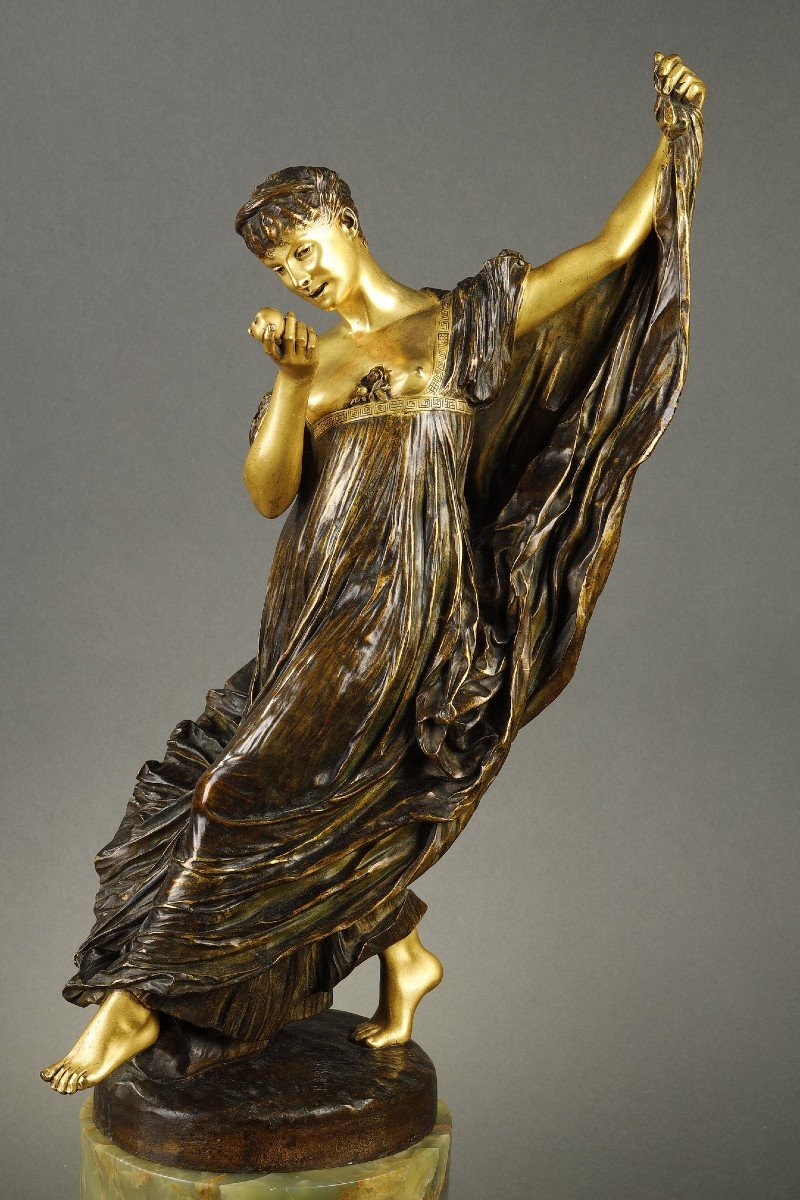
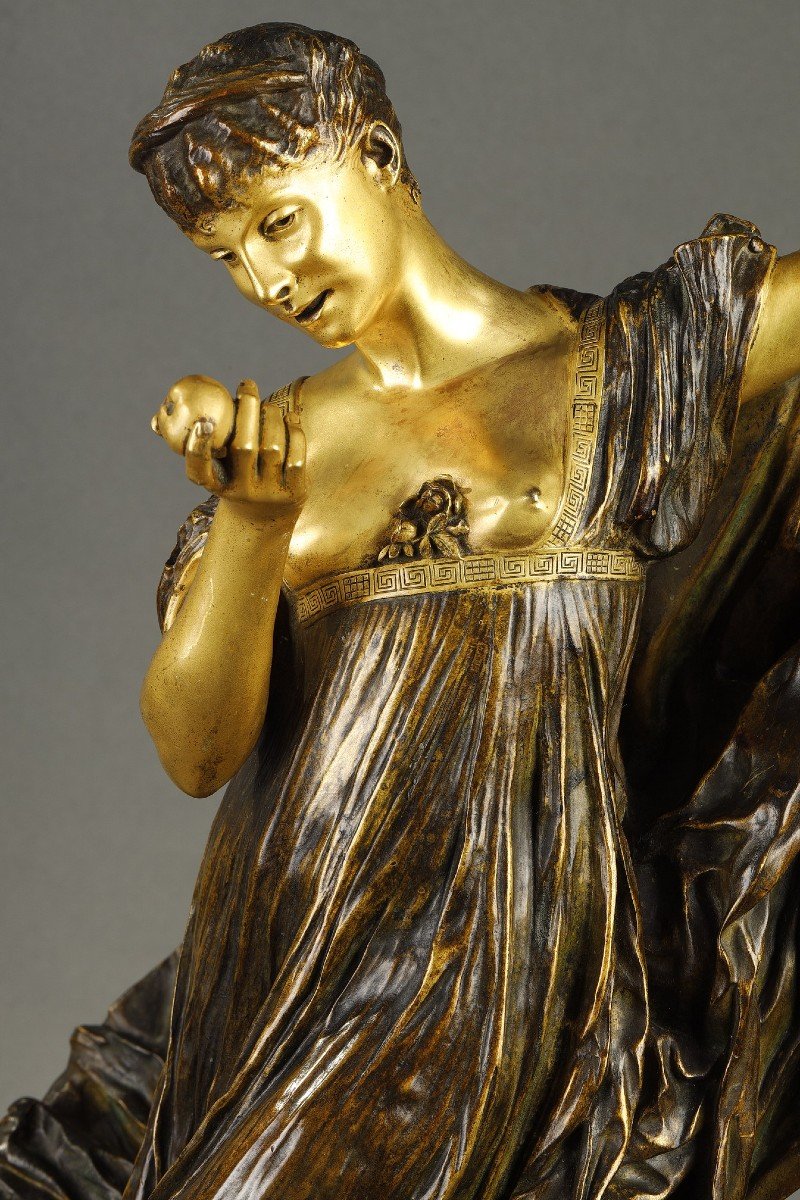
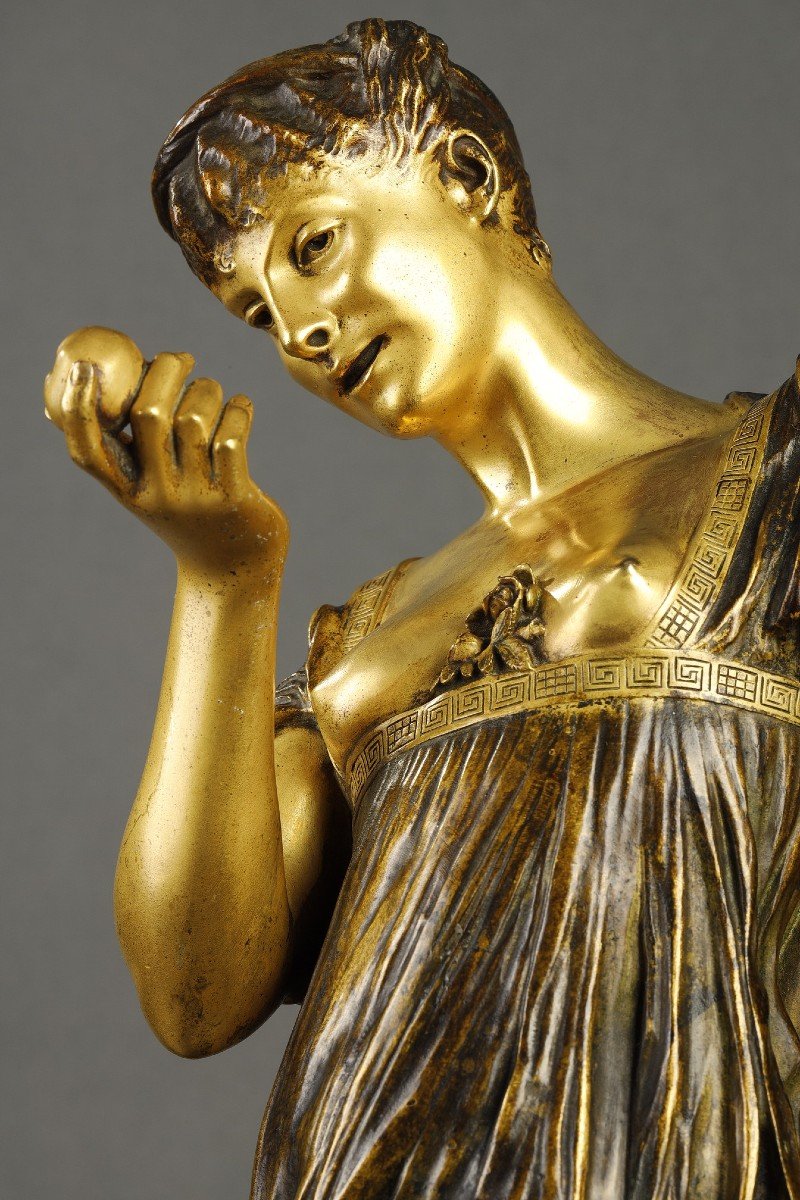
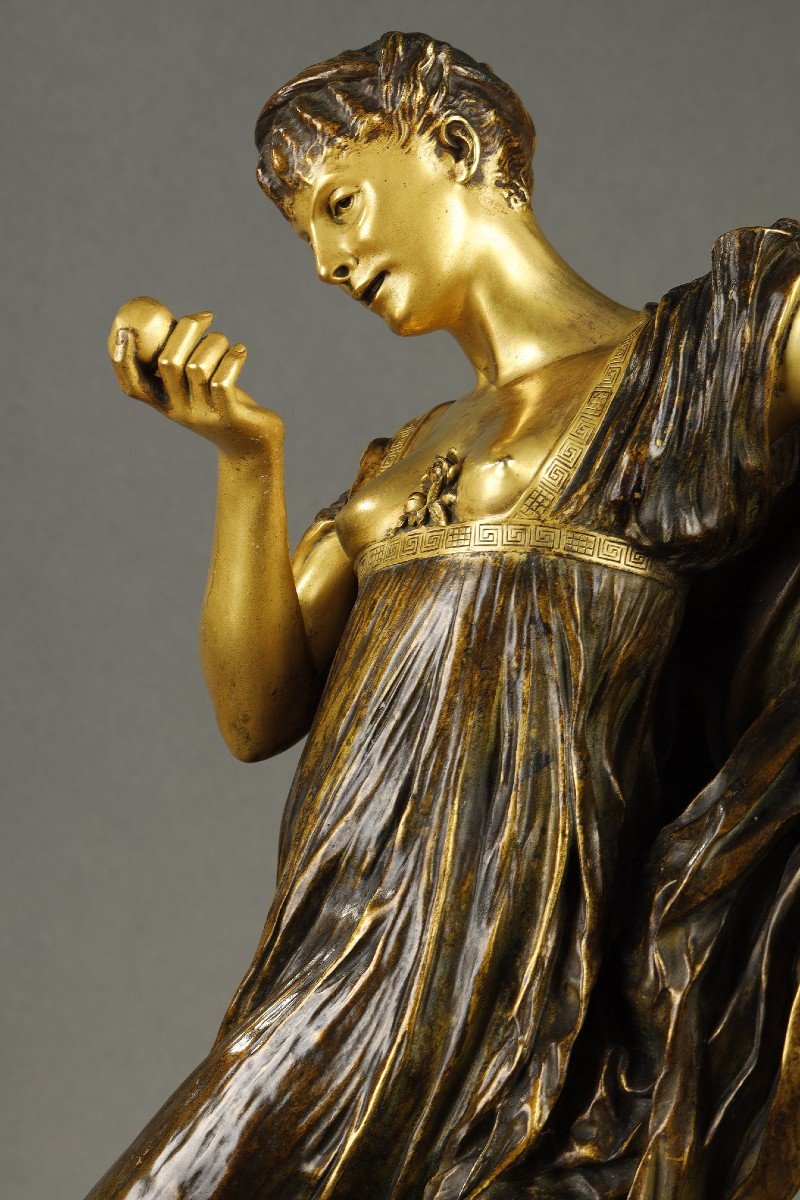

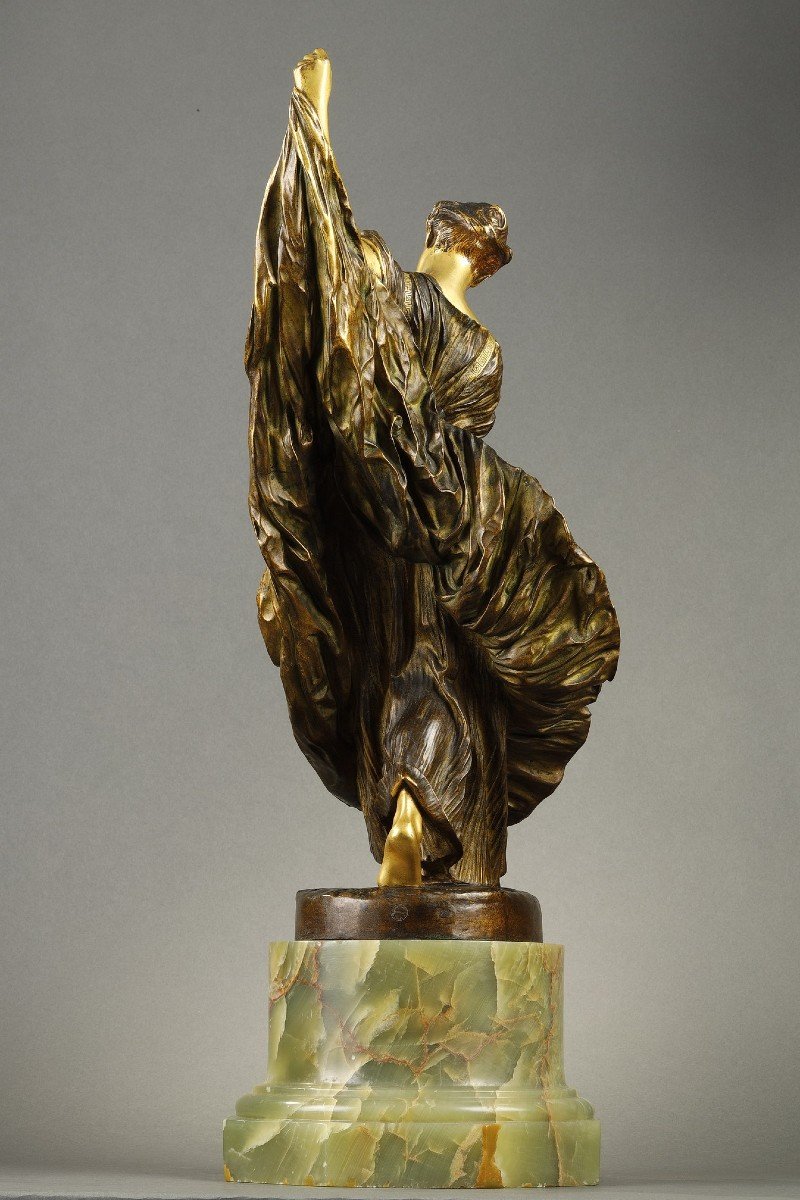

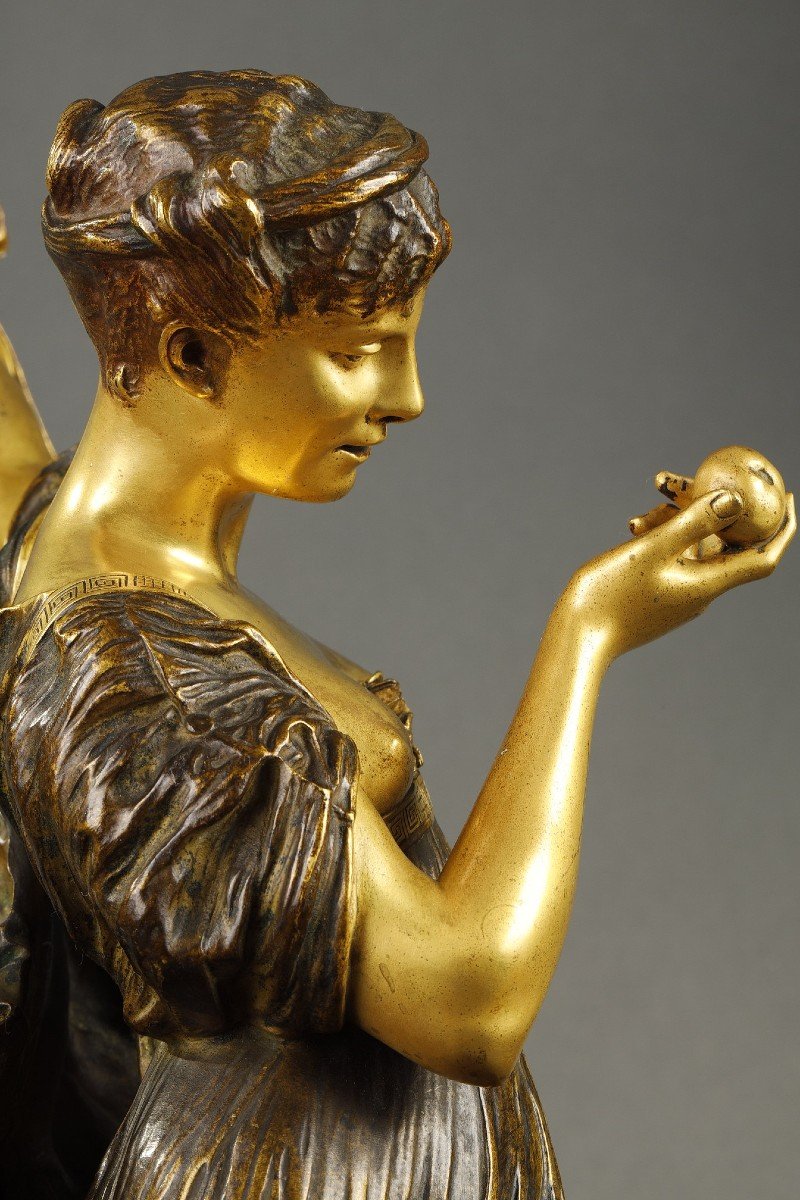
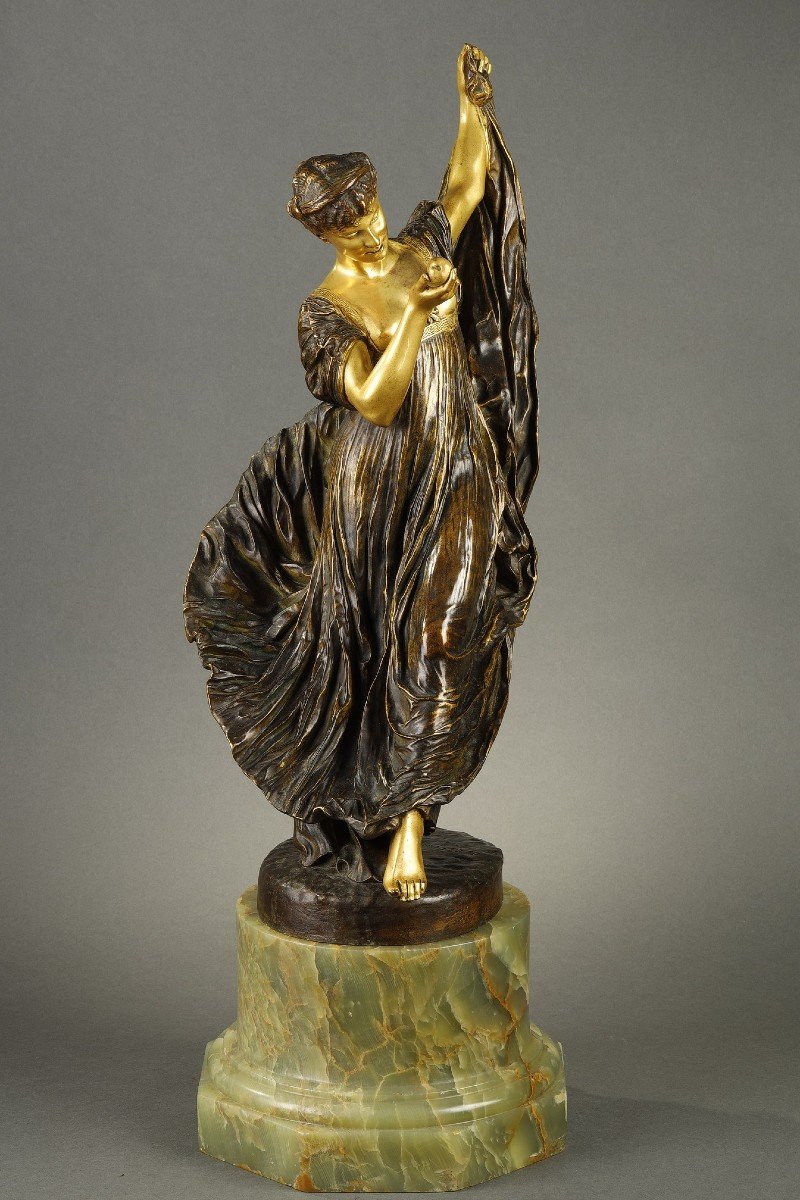












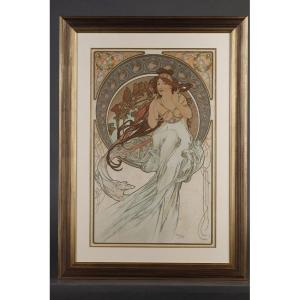

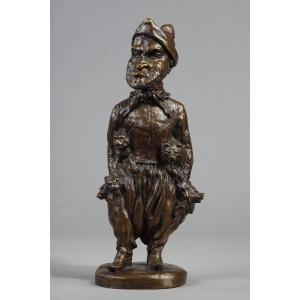


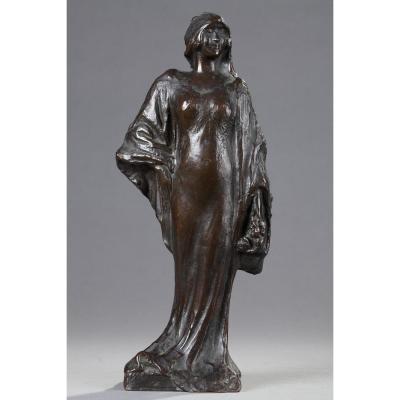
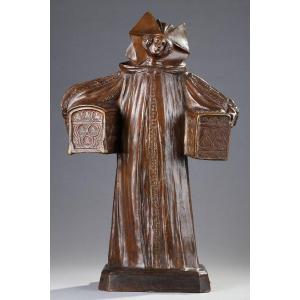
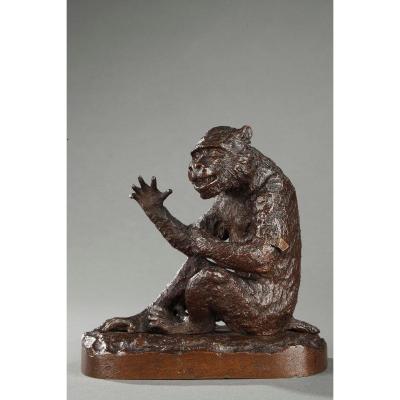
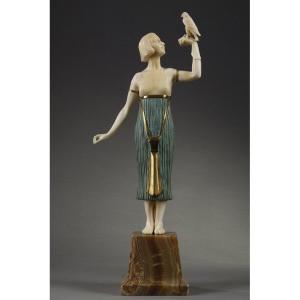
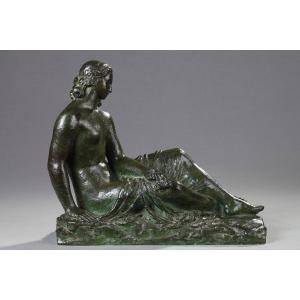

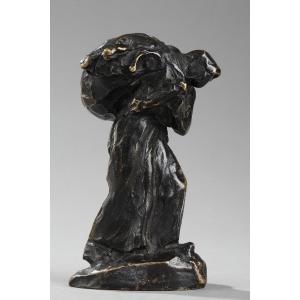
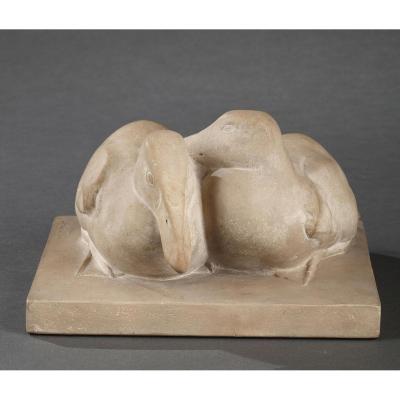
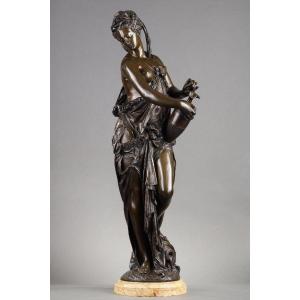



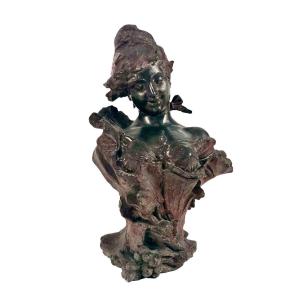

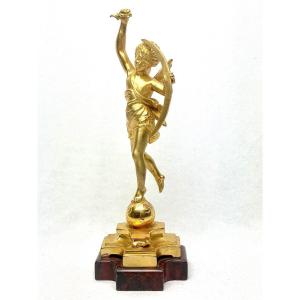



 Le Magazine de PROANTIC
Le Magazine de PROANTIC TRÉSORS Magazine
TRÉSORS Magazine Rivista Artiquariato
Rivista Artiquariato